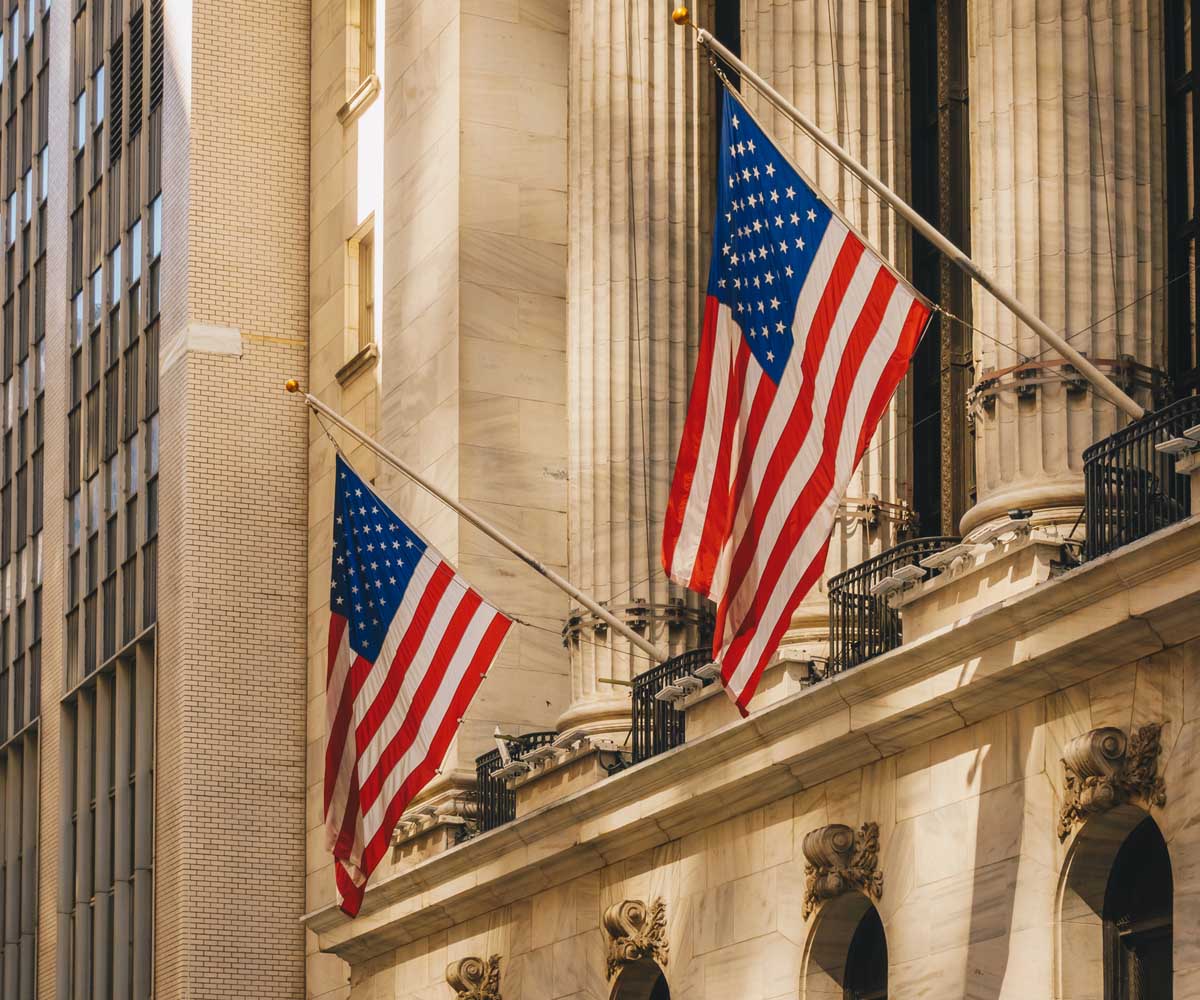SUMMARY
Dual fears of inflation and recession are being blamed for market declines in the first half of 2022. But it is the Fed’s abrupt pivot from being unusually accommodative to severely hawkish that has set the steep decline in motion. We are likely to become more optimistic on high-quality growth tech stocks once a convincing peak in US interest rates is clear.






